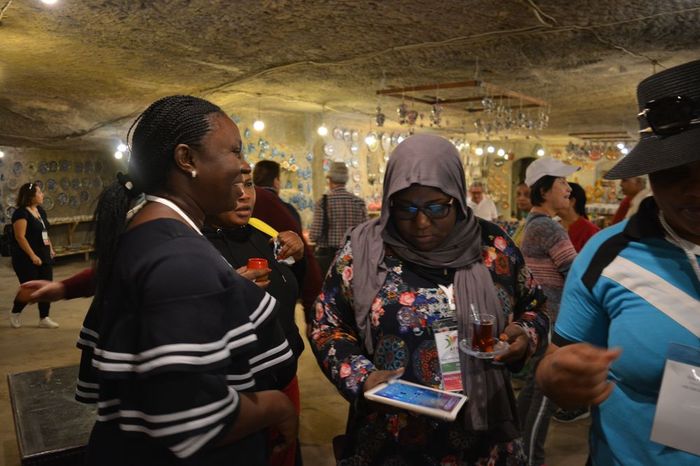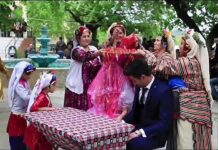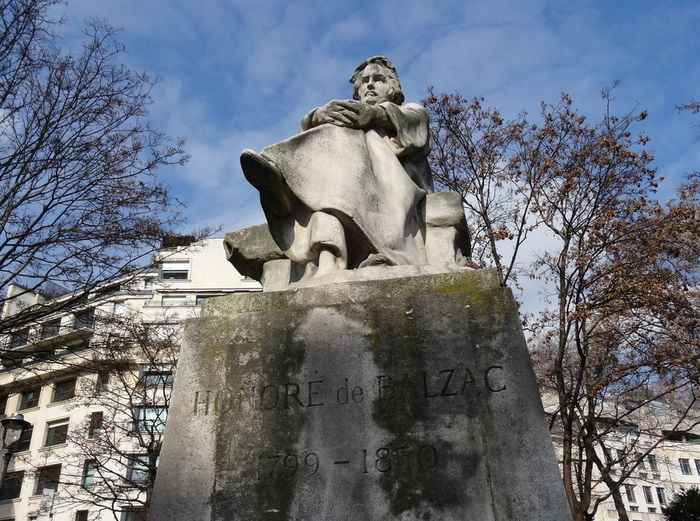Long afterwards the Frankish bishops in the eighth century were still unable to understand forms that in the East were natural and obvious, but to Germans seemed degrading and servile (Synod of Frankfort, 794; see ICONOCLASM IV). It is significant too that, although Rome and Constantinople agree entirely as to the principle of honouring holy images with signs of reverence, the descendants of the subjects of the Eastern emperor still go far beyond us in the use of such signs.
The development was then a question of genera fashion rather than of principle. To the Byzantine Christian of the fifth and sixth centuries prostrations, kisses, incense were the natural ways of showing honour to any one; he was used to such things, even applied to his civil and social superiors; he was accustomed to treat symbols in the same way, giving them relative honour that was obviously meant really for their prototypes.
And so he carried his normal habits with him into church. Tradition, the conservative instinct that in ecclesiastical matters always insists or custom, gradually stereotyped such practices till they were written down as rubrics and became part of the ritual. Nor is there any suspicion that the people who were unconsciously evolving this ritual, confused the image with its prototype or forgot that to God only supreme homage is due. The forms they used were as natural to them as saluting a flag is to us.
Iconoclast outbreak
At the same time one must admit that just before the Iconoclast outbreak things had gone very far in the direction of image-worship. Even then it is inconceivable that any one, except perhaps the most grossly stupid peasant, could have thought that an image could hear prayers, or do anything for us. And yet the way in which some people treated their holy icons argues more than the merely relative honour that Catholics are taught to observe towards them.
In the first place images had multiplied to an enormous extent everywhere, the walls of churches were covered inside from floor to roof with icons, scenes from the Bible, allegorical groups. (An example of this is S. Maria Antiqua, built in the seventh century in the Roman Forum, with its systematic arrangement of paintings covering the whole church. Icons, especially in the East, were taken on journeys as a protection, they marched at the head of armies, and presided at the races in the hippodrome; they hung in a place of honour in every room, over every shop; they covered cups, garments, furniture, rings; wherever a possible space was found, it was filled with a picture of Christ, our Lady, or a saint. It is difficult to understand exactly what those Byzantine Christians of the seventh and eighth centuries thought about them.
Read More about Norman West part 27








